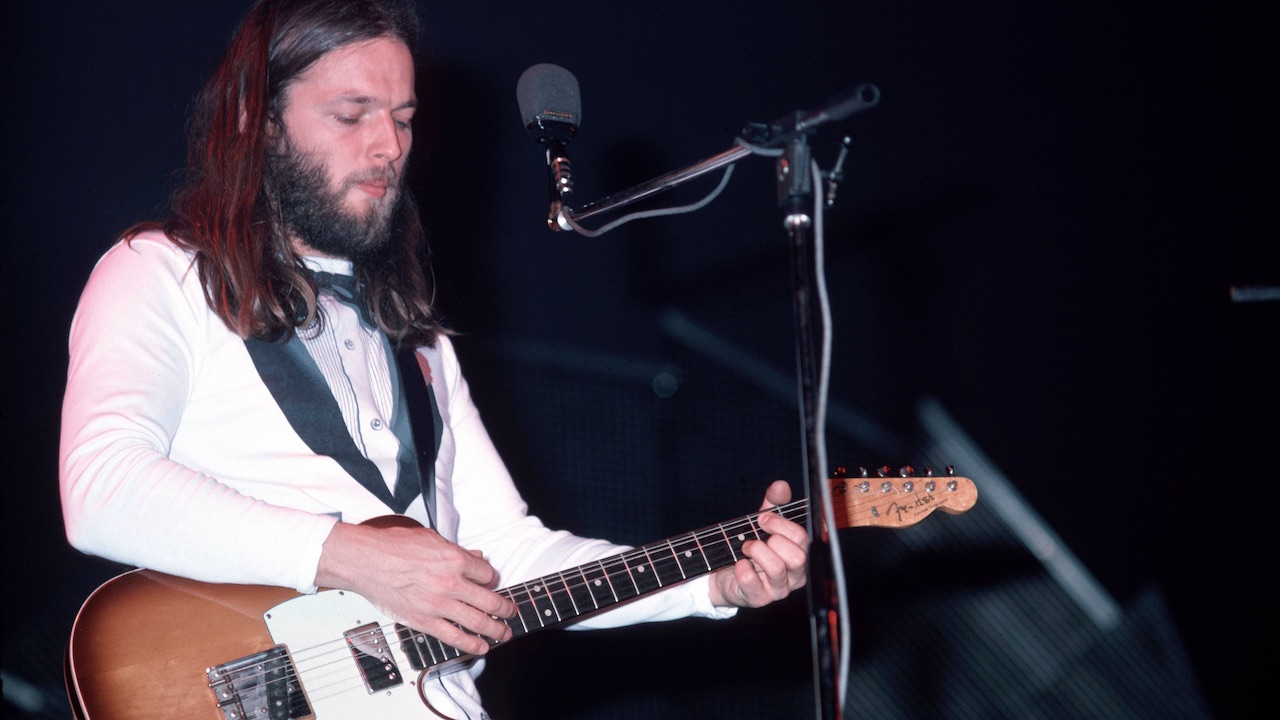
In June 1974, Pink Floyd embarked upon a short tour of France. On the tour's opening night, June 18, at the Palais Des Sports in Toulouse, the quartet opened their set with the world premiere of a new Gilmour/Waters/Wright composition, Shine On You Crazy Diamond (Parts I-V). Beginning with a haunting four-note arpeggio from David Gilmour, the song had been created in the band's "crummy" north London rehearsal space during the spring of '74, and in a new interview with YouTube creator Rick Beato, Gilmour looks back upon the moment it was born.
“I was in a rehearsal room in King's Cross in London - the four of us, the band Pink Floyd,” Gilmour begins, after showing Beato the song's iconic four-note motif. “You play something, you're doing all sorts of little things, and that one comes out ,and something in your brain goes, There's something to that, so you do it again, and you do it again.
"And after a while other people in the room stop... you can see this thing on people's faces, this awakening moment, when people are going, There's a possibility here, there's something here. There are other moments where that has happened but that was a very clear moment. And basically the whole of Shine On... grew out of that moment.”
In a 2018 interview conducted for BBC Radio's 4 Soul Music series, Gilmour discussed the creation of the song in a special episode dedicated to the song.
“When you're a musician,” he said, “you're constantly hunting for little icons, little bits, little phrases and things which have a memorable aspect to them. And one day this little four-note arpeggio thing more or less accidentally fell out of the guitar. It's a B Flat note on the fourth string of the guitar, and then there's an F on the second string of the guitar, and then there's the two open strings, which are an open E, and an open G.”
Gilmour went on to say that during those King's Cross sessions, Pink Floyd wrote three pieces of music: You've Got To Be Crazy ( “which became Dogs on the Animals album”), Raving And Drooling (“which became Sheep”), and what became Shine On You Crazy Diamond, which was recorded for 1975's Wish You Were Here.
Gilmour says that the four-note motif “to me, had the feeling of something calling, some night creature if you like, calling in a lonely sort of way out out of the darkness. After I'd played it a few times, Roger and the others pricked up their ears a little bit - always a good sign - so from that moment we started building around the start of that little icon.”
"Syd was a person that it was very easy to fall in love with,” Gilmour added. Roger had encapsulated a lot of things and thoughts that we all felt about Syd, and as the singer of the words, I always try to inhabit those words, and to think about what the words mean to me, and to try to believe them. If I do that, something of that will get across to the audience.”
Watch Gilmour's full interview with Rick Beato below:







